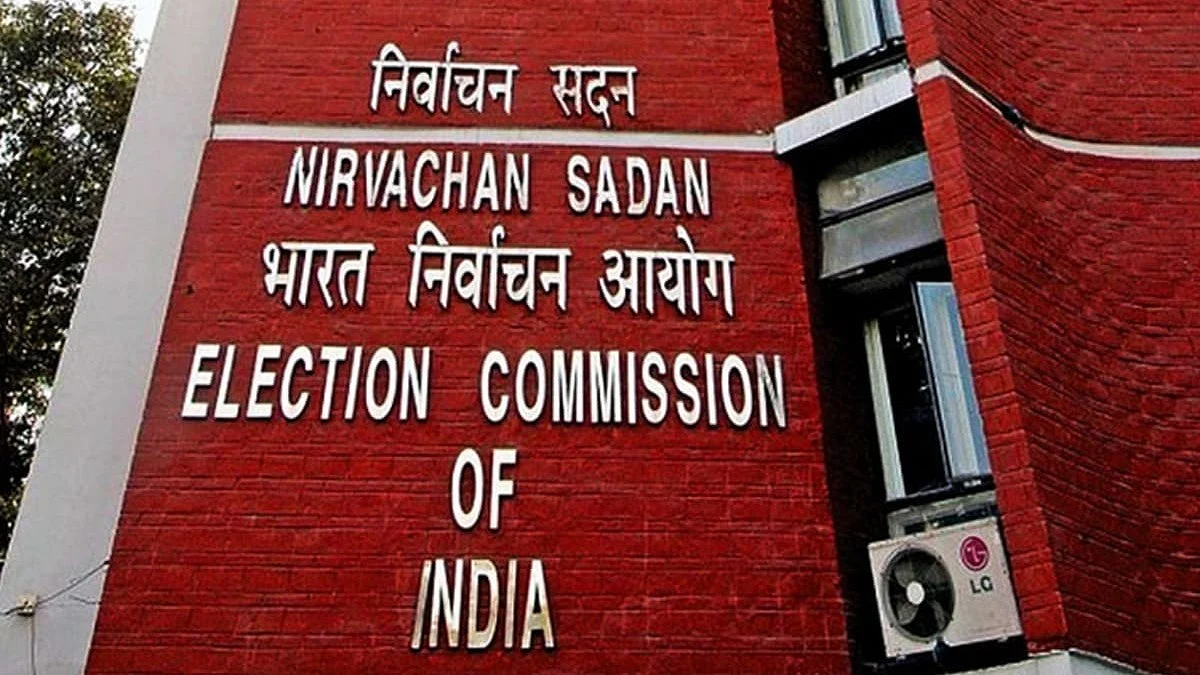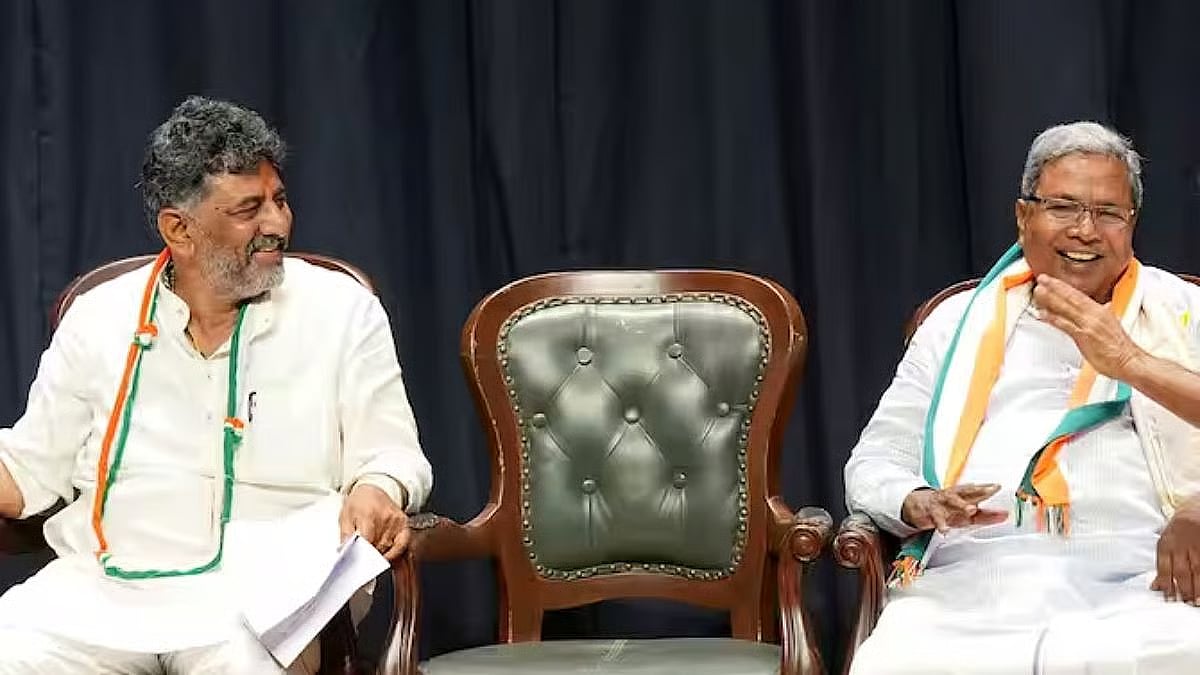It may be imperative for Finance Minister Nirmala Sitharaman to refocus the Union Budget from possible populism, an election time compulsion, to professionalism, creating jobs everywhere.
The spark would be two recent incidents – one, a Gujarati family of four chasing ‘better’ opportunities freezing to death while illegally trying to enter the US and the other being the protests over railway jobs in Bihar and Uttar Pradesh for roughly 40,000 vacancies.
It is a grim reminder of the state of India’s job market. Let not Bihar and UP emerge as ticking time social bombs for the sheer size of the unemployed. The unemployment rate rose to a four-month high, to 7.9 per cent in December 2021. It stood at 7 per cent in November last year and 9.1 per cent in December 2020.
But jobs were shrinking even before that, in 2019 and earlier. The World Bank says that India has the highest total unemployment rate at 21.01per cent for the population aged 15-24 years. The thrust of the NSSO’s 2017-18 data is that in actuality, the jobs situation is grimmer. The overall rate of open unemployment(as opposed to under-employment or disguised unemployment) had risen sharply after 2011-12.
That has been proven in the NSSO numbers. Former Chief Economic Adviser K Subramanian had stressed that it was not employment but “the key aspect is meaningful employment”.The unofficially leaked NSSO data in 2017-18 revealed that the unemployment rate was never over 2.6 per cent between 1977-78 and 2011-12 but had jumped to 6.1 per cent in 2017-18. Now, it is touching nine-plus per cent. Jobs have to be the priority in a country where the number multiplies every day. The Covid-19 lockdown was the immediate cause. Blaming any government for this criticality is not wise.
As a nation, somewhere, political parties are found to be clueless. The NITI Aayog, supposedly tasked to suggest like its predecessor, the Planning Commission, is not apt at hitting the nail on the head. The situation has been aggravating and the country is resorting to welfarism – a person slips into an abyss and they are provided free food for sustenance, instead of development – which would make the rescued person self-sufficient in income terms to add to their own and the country’s economy.
The Narendra Modi government has shown enough empathy with free food doles and MGNREGA jobs to keep people afloat. Now, it has to move beyond welfarism so that the country takes a leap to a better life. The previous Budgets came up with entrepreneurship, Skill India, MUDRA and similar other schemes which did not fulfil the objectives. The concept of the unicorn has partly succeeded. Overall, jobs remain scarce and low-paid. The Gujarati family was apparently well off with a teacher’s job and sundry other chores. It could afford to pay $ 2.5 lakh for its dream travel through agents for illegal entry to the US.
What inspired them, like many other Gujaratis and Punjabis rushing to El Dorado may have been the flashy ‘lifestyle’. In 2007, Babubhai Katara, an MP, was caught trying to smuggle out carrying a Punjabi woman and her son as his own for Rs 30 lakh to the US. His party suspended him. What triggered the Bihar and UP problem is the lack of jobs.
Once, private sector jobs were considered well-paid. The seventh pay commission changed that. Now for years the corporate sector,including IT,is not creating the required number of jobs. And existing jobs fetch lower wages and remain insecure. Interestingly, during Atal Behari Vajpayee’s NDA-I, six crore jobs were created. There is a change. Because of the economic slowdown during the past many years, manufacturing has suffered.
The index for industrial production remains at a low. Educational qualifications have improved, causing an aspirational problem. There were 70 million such people in 2004- 05 and this number increased to 115.6millionby 2017-18.
They are growing by about five million a year, according to Santosh Mehrotra, professor of economics, Centre for Labour. He says what is most worrying is that manufacturing jobs actually fell in absolute terms, from 58.9 million in 2011-12 to 48.3 million in 2015-16, a whopping 10.6 million over a mere four-year period. Bihar has about 13 per cent unemployment. The state of UP had 5.41 per cent unemployment as in May-August 2021, against 3.75 per cent in March 2017. Rightly, UP Chief Minister Yogi Adityanath says that he will create more jobs. The job strategy has to change.
An interesting aspect is that because of less interference of the Narendra Modi government in PSU operations, even in these difficult pandemic times, 171 PSUs continued to post good profits despite their better salary structure.This indicates that proper salaries can be paid even during a period of crisis and profits can be sustained. It also calls for reviewing the PSU disinvestment policy. The world has seen the failure of the global private sector for unethical practices since the 2007-08 Lehman Brothers meltdowns. The FM may turn a new leaf.
India has thrived with a mixed economy. PSUs have the capacity to start a competitive economy that the private sector abhors. No national economy can thrive without competition within. A monopolised private or public sector would cause inbreeding, leading to poor performance.
She has to be innovative enough to help create rural farm and non-farm jobs that make the rural economy viable and lifestyle attractive, to stem rural migration. Post-lockdown, it would be a wait-and-watch situation for the private sector, says Vikas Chadha, MD, Global Outsourcing. The FM has to observe global practices, particularly sharp Chinese economic policies, the European backlash against China and the possible escalation of western sanctions against Russia.
These would be important to create India-centric policies to increase jobs in different sectors. The private sector also has a tendency to employ less and pay less. If jobs are to be a priority, this policy has to be given up. The PSUs can deliver here, creating a situation where the private sector also would have to pay just wages, may be to their dislike.
The FM has to think in terms of the nation’s growth and the promised $5 trillion economy. In the new scenario, she has to involve and inspire the Indian private sector to create quality jobs and make them capable of competing with their international rivals. The FM has to have a sharp job-creation strategy to initiate the steps to boost urban, rural, private and public employment. This will help India accelerate its growth pace with larger participation of the population and become the cynosure of the new world economy.
(The writer is a veteran journalist, an observer of the socio-politico-economy and a media academician)










